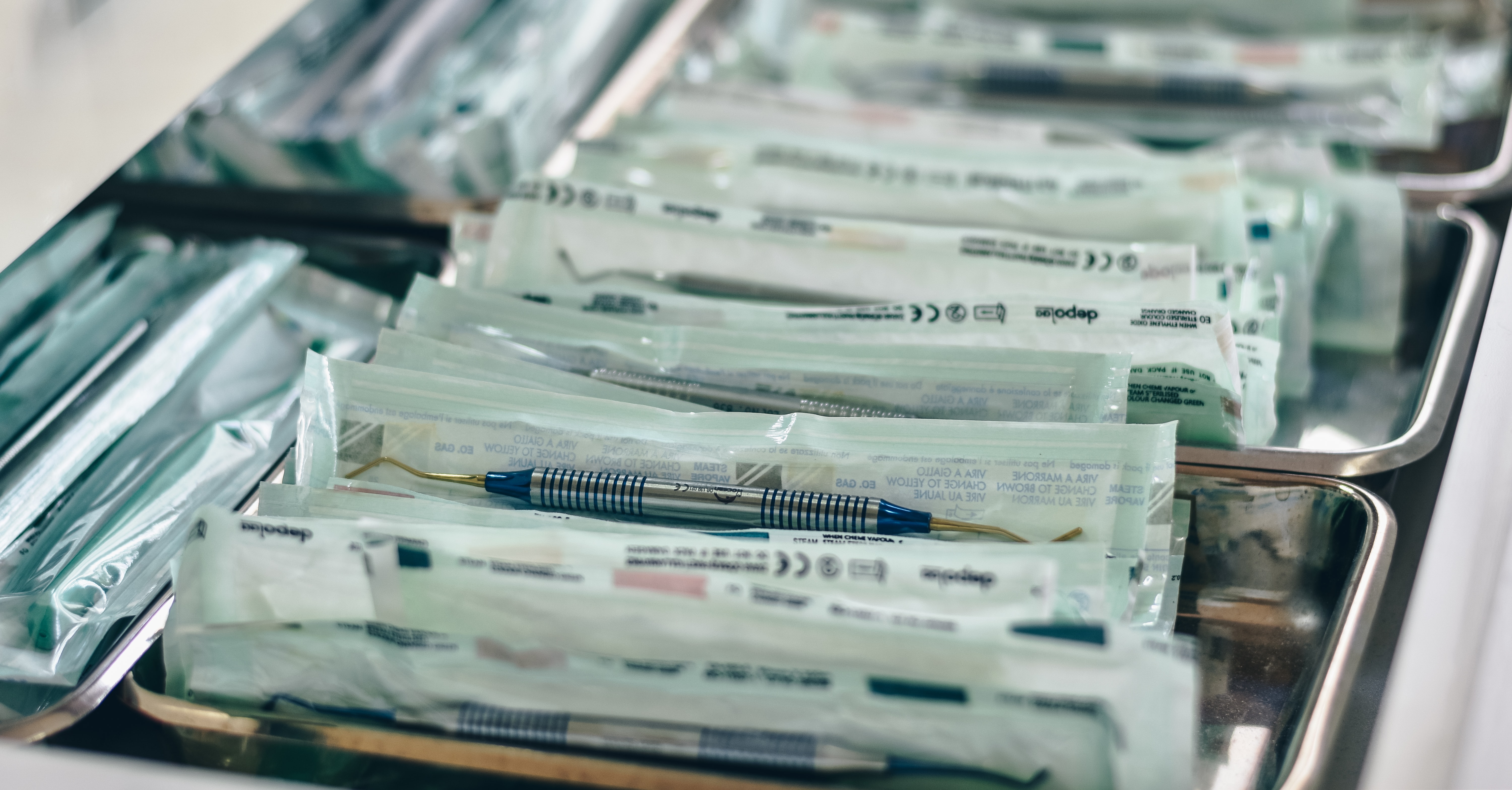April 14, 2022
A start-up resulting from photonic research
Clinical Supply Chain
Life Science

The latest Medical Devices Virtual Talk was dedicated to Emoled, a start-up resulting from research in the field of photonics; the company is known on the market for the homonymous medical device, a photobiomodulation system that uses blue light for the therapy of skin lesions of various kinds, both acute and chronic.
In recent years, Emoled has experienced a strong commercial development, especially at an international level: this has led the company to measure itself not only with the new 2017/745 regulation, but also with the laws and requirements of non-EU countries.
As an active device, Emoled has been classified and certified in accordance with Regulation 9 of Directive 93/42/EEC and is currently in Class Iia. In addition, in 2018 the company obtained the ISO 13485:2016 certification.
Generally the “registration” procedures of a medical device vary depending on the state of destination; in some cases a Free Sale Certificate is sufficient, while in others it is necessary to provide a more substantial documentation. There is also the possibility that the classification rules of the device are different from those of Europe, so, in any case, the first step is the verification of these rules, because its outcome depends on the type of procedure to be followed for the registration of the device itself.
Recently established (2016), Emoled is a collaboration between LENS (European Laboratory for Non-linear spectroscopy), IFAC (the institute of applied physics of CNR) and Life4tech. In particular, the latter is the company that has cured the transition from research to the actual market, thus giving rise to the homonymous medical device.
In order to comply with the regulatory requirements, specific to each State in which the marketing takes place, Emoled relies on local distributors, who provide regulatory referents as a guide for the path to follow and the documentation to be provided.
The cornerstone of the new MDR – Medical Device Regulation (EU 2017/745) is EUDAMED (European Databank for Medical Devices), the European database on medical devices, developed by the European Commission for better coordination of information and safety.
The project was created to make it possible to monitor the life cycle of each medical device, to catalogue it and to manage product non-conformities or expired documentation.
In detail, the platform will allow:
EUDAMED consists of six modules:
In particular, the Electronic Catalogue (UDI Unique Device Identification), will include all medical devices on the market in Europe and will be available for consultation by all interested parties.
The database should record the UDI-DI codes, identifiers of the specific device, and the Basic UDI-DI codes, primary indicators of a family of devices that identify a group of belonging.
Despite the postponement to 2022 of the establishment of the European database with the activation of all modules EUDAMED, from 26 May 2021, with the new Regulation (EU) 2017/745 is made the obligation to assign to each device a UDI identification code.
Watch the video from the webinar.
Scopri di più
Vai al case study